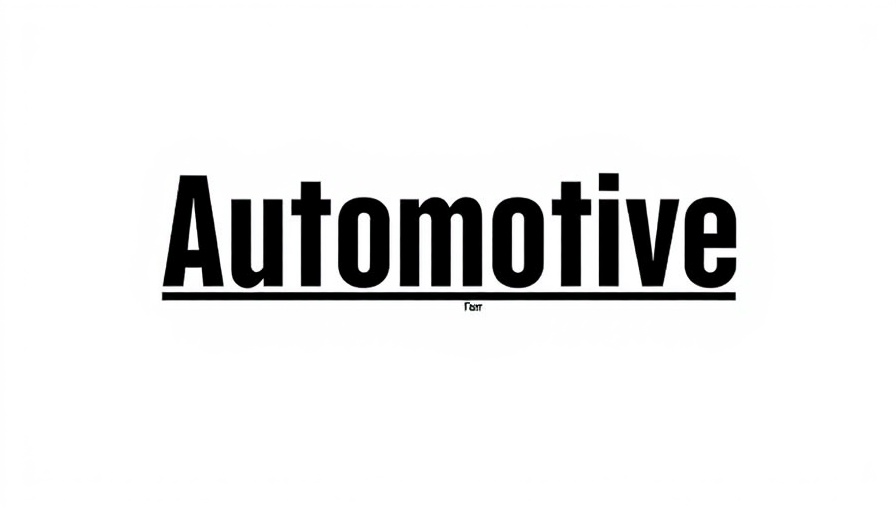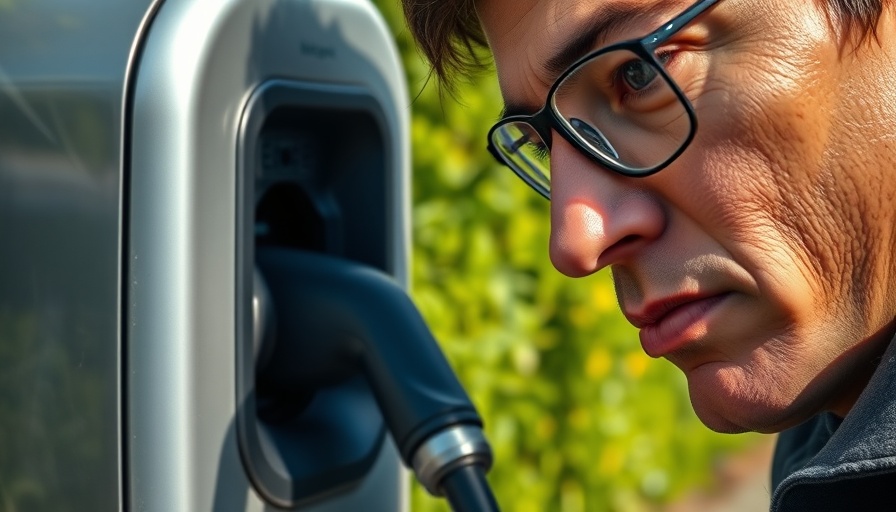
Driving Sustainability in the Battery Industry
Tata Elxsi is redefining battery management with the launch of MOBIUS+, a cutting-edge platform developed in partnership with Minespider. As the demand for sustainable mobility escalates, innovations like MOBIUS+ become crucial in tracing the entire lifecycle of batteries—right from production through to recycling. This advanced platform not only focuses on compliance but also amplifies performance optimization across the battery ecosystem.
Blockchain Meets Data Analytics
The integration of blockchain technology into the MOBIUS+ platform marks a significant leap forward. Minespider, renowned for its blockchain-powered traceability solutions, introduces a battery passport that allows manufacturers, suppliers, and recyclers to streamline their operations while adhering to stringent global regulations. This traceability is essential not only for maintaining ethical sourcing but also for ensuring product longevity in a fast-evolving market.
Features Designed for Impact
MOBIUS+ boasts a suite of compelling features that stand out in the industry:
- Data Onboarding and Integration: Vendors can effortlessly upload and manage their data, ensuring compliance across the supply chain.
- Centralized Repository: The system consolidates information in a secure cloud environment, facilitating easy access for OEMs and stakeholders.
- Advanced Analytics Support: Powerful analytics enhance battery monitoring and lifecycle management, driving better design and operational choices.
- Regulatory Compliance: MOBIUS+ is aligned with global standards like the EU Battery Regulation, helping companies navigate changing compliance landscapes.
- Custom Workflows: Users can tailor workflows to leverage battery data for vertical analytics, enhancing overall ROI.
The Future of Battery Lifecycle Management
As Tata Elxsi prepares for the global launch of MOBIUS+ at the upcoming Bharat Mobility Show, industry leaders are keenly watching how this platform could set new standards in battery lifecycle management. Anil Radhakrishnan, Tata Elxsi's Chief Product Officer, states that their commitment is to drive innovation while Nathan Williams, CEO of Minespider, emphasizes the importance of transparency and reliability. Used together, these functionalities position MOBIUS+ as a transformative tool in the mobility sector.
Conclusion: A Leap Towards Compliance and Sustainability
The introduction of MOBIUS+ underscores a critical shift in how the battery industry approaches sustainability and compliance requirements. As dealers, general managers, and finance managers seek actionable intelligence, this innovation represents a meaningful advantage—enabling businesses to stay at the forefront of regulatory compliance while achieving optimal performance in battery operations.
 Add Row
Add Row  Add
Add 




Write A Comment